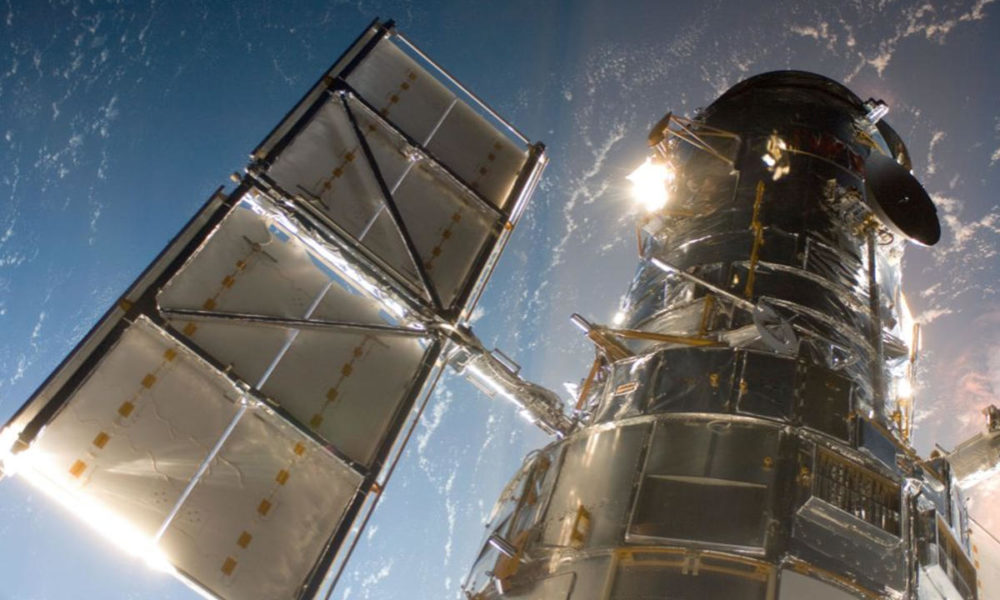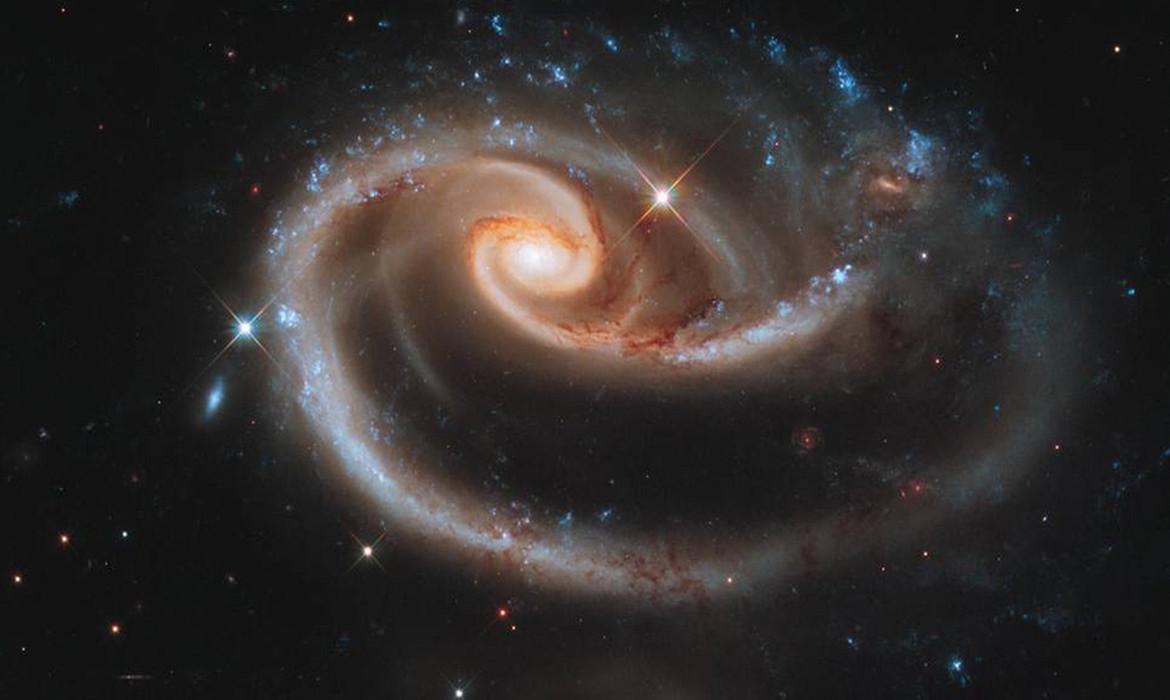
Although the Hubble is not the object created by the human being that has been crossing the space for the longest time in a controlled way, merit that we must certainly concede Voyager-1, which has been flying in space since 1977, the veteran telescope was launched on April 24, 1990 and entered service a few weeks later, on May 20 of the same year. And since then, although with some stoppages in its activity, it has remained active and operational, providing us with unique images of the Universe, far beyond its expected life when it was designed and entered into service.
We are currently awaiting the launch of the James Webb on December 22, which many have identified as the successor to Hubble. However, this is not true, since once the James Webb was operational, the Hubble, which last year completed 30 years of service, se will remain operational and continue to be a great investigative tool as long as it is capable of doing so, something that we hope can be measured in years.
However, age is often associated with ailments, we see it in life forms, but also in all kinds of devices, from PCs and smartphones to, of course, huge space telescopes that are our eyes in space. This year we already had a first sample of it, when a system failed, causing Hubble to remain inactive for a month, a stoppage that was able to emerge at the end of July thanks to the backup hardware.
Everything seemed to be fine again until at the end of October the telescope began to experience a problem of synchrony between the system responsible for managing the elements of the telescope and them. The glitches were persistent for several days, forcing NASA to put Hubble back into safe mode, which basically consists of minimizing its activities to survive. The problem is that, even after problems are detected and corrected, returning the telescope to its activities is a process that must be carried out at a very, very slow pace.
The good news is that this process is slow but safe and, as reported by the US space agency, Hubble is fully operational again, so you are ready to resume all your routine activities. Excellent news, which puts us back in anticipation of new and impressive images captured by the telescope.
However, two such failures in a single year, and also not related to each other, are a clear sign that Hubble is no longer at its best. There are two ailments, as mentioned above, that lead us to think that its useful life is approaching its end. About a year ago, we had to say goodbye to the Arecibo radio telescope. Now Hubble has granted us an extension, and hopefully it will go a long way in time, but it is imperative that we keep our eyes on space, so the James Webb should be just the first step in a much larger plan.




